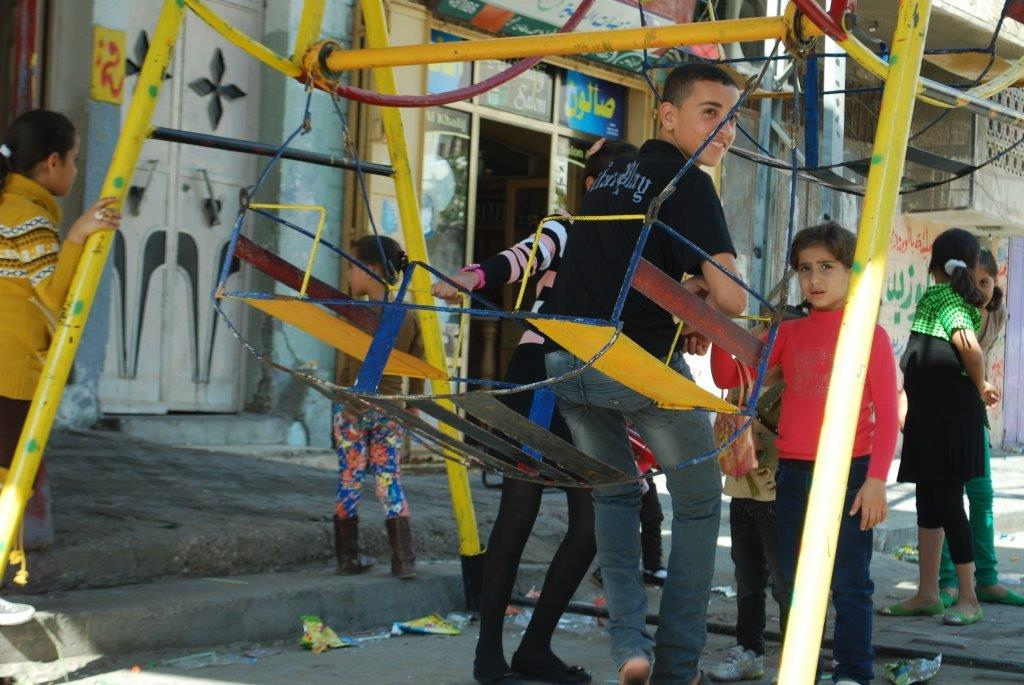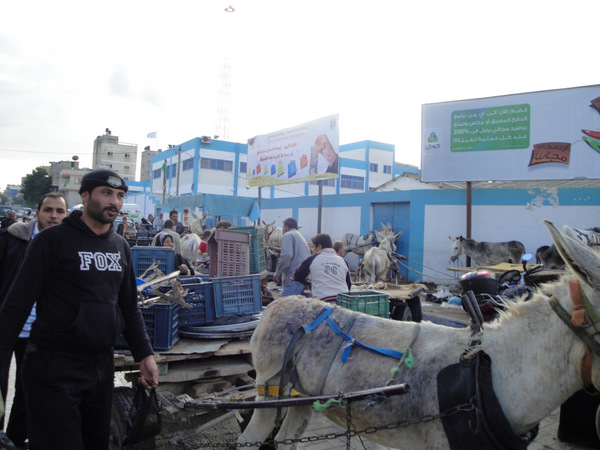Tag: Eid al-Adha
-
Israel permits settler invasion of Al-Aqsa on Muslim holiday
August 11 | International Solidarity Movement | Old City, East Jerusalem, occupied Palestine Hundreds of settlers invaded the Al-Aqsa compound in Jerusalem’s Old City this morning after Israeli soldiers used tear gas, sound grenades and rubber-coated steel bullets to clear out Muslim worshippers. 61 Palestinians were injured and 15 hospitalised when soldiers and police let…
-
Photos: Eid al-Adha under the Gaza siege
18th October 2013 | International Solidarity Movement, Charlie Andreasson | Gaza, Occupied Palestine It’s Eid al-Adha, the festival commemorating Ibrahim, or Abraham as the Christian part of the world knows him, and his willingness to sacrifice his son. He never had to do it, and none of the three monotheistic religions are associated with human sacrifice,…
-
Bittersweet Eid
by Lydia de Leeuw 19 November 2011 | A Second Glance Last week Eid al Adha was celebrated in Gaza and other Muslim communities worldwide. Eid al Adha is one of the most important holidays in Islam, marking the end of the Haj (annual pilgrimage to Mecca) season and symbolizing sacrifices for Allah as well…



